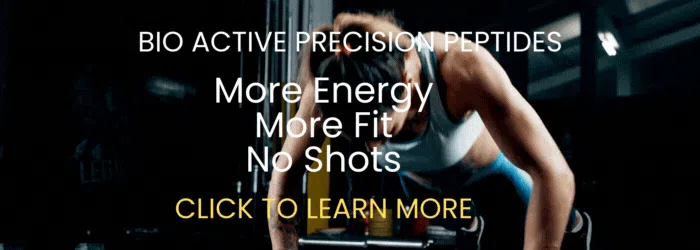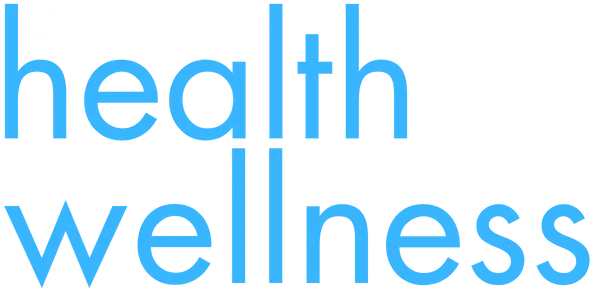

JULY & AUGUST 2024 ISSUE
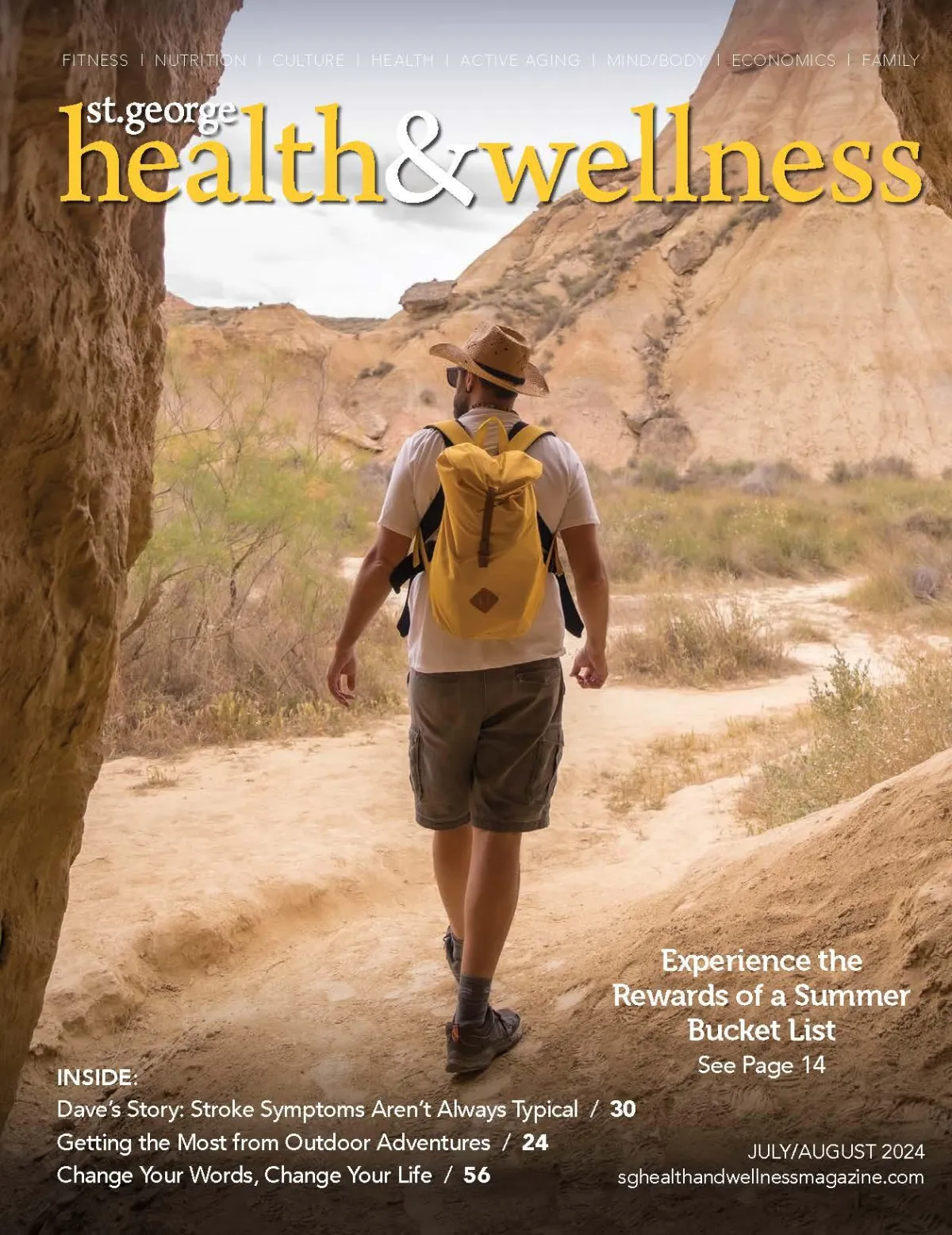
Cover Story
Experience the Rewards of a Summer Bucket List
Community & Culture
Letter from the Editor
Mayor’s Message
Trailblazer Nation
Start on Your Path to a Stable Career
Navigating Real Estate in the Age of the Internet
The Health Benefits of Resort Living: Why Resort Residences Are the Ultimate Wellness Retreat
Utah Tech University Debuting the State’s Most Affordable Online Master of Healthcare Administration Program
Creative Wigs and Hair Replacement Now Celebrating Sixty Years of Service
It Takes Little to Be a Big
Carsen Cooper: Lessons I Learned at Boy’s Nation
Health & Fitness
Flex-Time: Trish Schlegel Is Ageless Bodybuilder
Walk Your Way to a Longer, Healthier Life
Getting the Most from Outdoor Adventures
Menopause and Obesity: a Real Phenomenon
Riding on the Wind
Dave’s Story: Stroke Symptoms Aren’t Always Typical
The American Apple
Ease the Ache: Arthritis Care and Advice from Vista Healthcare
Alternative Holistic Care for Horses
Preventive Dental Care Will Help You Live Your Best Life
Utah’s Swell: Utah Is Great, but It Is Also Home to the San Rafael Swell
Four Considerations for Effective Tax Planning in Retirement
A Look at Self-Guided In-Home Health Tests
Empower Yourself with Nutrition Know-How
Four Tips for Summer Water Safety
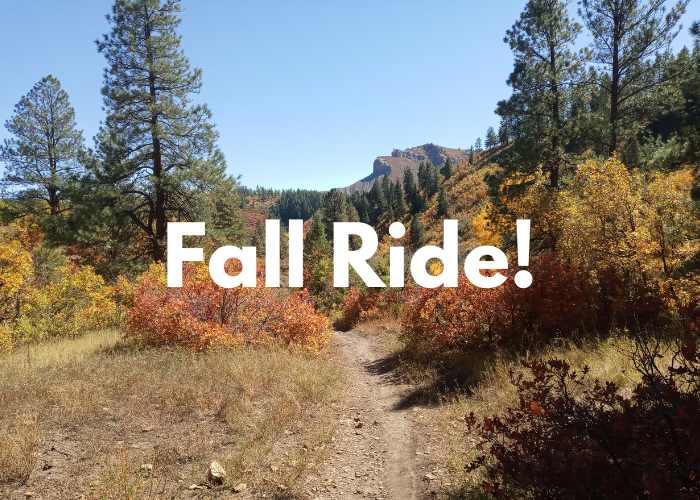
Mind & Body
Experience the Rewards of a Summer Bucket List
The Mental Health Benefits of Exercise for Older Adults
The Profound Relationship between Our Physical and Emotional Health
Nurtured by Nature: Interacting with Nature Benefits the Body and Mind
Change Your Words, Change Your Life
Set Your Sights Higher with a Vision Board
What Type of Ketamine Is Right for You?
Relationships & Family
Have You Lost That Loving Feeling?
Encounter on Santa Clara Boulevard
Who Am I? A Map to Self-Discovery
Make a Positive Impact by Planting a Tree
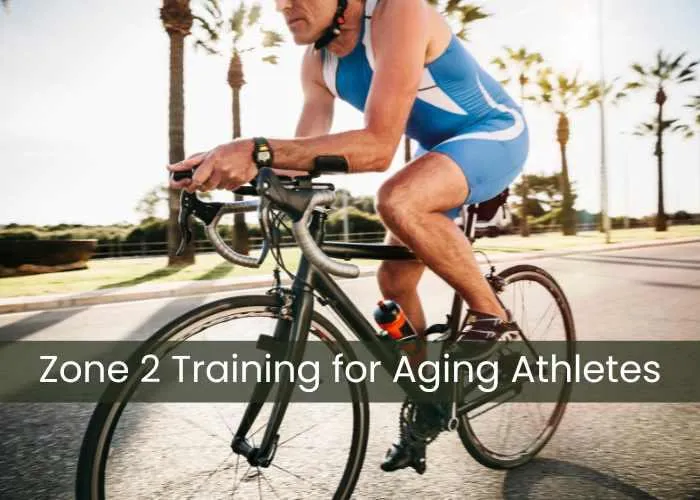
Current Articles
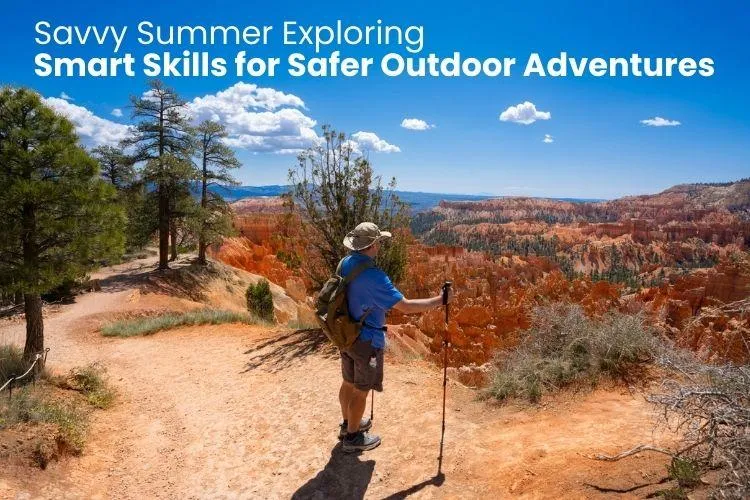
Savvy Summer Exploring: Smart Skills for Safer Outdoor Adventures
A few summers ago, a local woman named Jan and her teenage grandson were hiking on a trail outside St. George, Utah. It was just a quick morning walk, so they packed light—just water bottles, sunscreen, a snack, and a few first aid supplies. But a few miles in, Jan slid on some loose gravel, twisting her ankle badly and suffering several deep lacerations.
Fortunately, her grandson had learned a few basic first aid skills in Scouts. He helped her sit down, elevated her leg, and wrapped her ankle with a shirt and a stick for support. He also treated her lacerations with supplies from their first aid kit. They tried to call for help, but the signal was weak. Still, because they’d told family members where they were going, help arrived within a few hours.
"It wasn’t life or death," Jan said later, "but it could have been a lot worse if we hadn’t taken a few small precautions."
That is the power of being prepared.
Summer in Southern Utah is breathtaking. Towering red rock cliffs, hidden slot canyons, accessible trails, and crystal-clear lakes draw thousands of locals and tourists alike. Whether you're hiking Zion’s Narrows, camping under the stars at Bryce Canyon, backpacking in the remote canyons around Capitol Reef, or fishing at Quail Lake, adventure is everywhere.
But with all its beauty, Utah's wild country demands respect. The extreme heat, remote terrain, and unpredictable elements can turn a relaxing weekend into an emergency if you’re not prepared. Thankfully, with just a little planning and some basic first aid knowledge, you can handle most common outdoor mishaps confidently.
Here’s what to know, what to pack, and what to do when things don’t go as planned.
Prepare Before You Go:
Check the weather forecast.
Bring plenty of water (a minimum of one liter per person per hour).
Wear lightweight, breathable clothing, sunscreen, and a hat.
Let someone know your route and expected return time.
Charge your phone and consider carrying a GPS beacon in remote areas.
If You Get Lost Hiking:
Stop walking. Stay calm.
Use your whistle (three blasts signal distress).
Find shelter from the elements.
Make yourself visible with bright clothing or a signal mirror.
Conserve water and energy. Stay in one place unless moving to safety is essential.
Let someone know your plans before you leave. This is the best prevention.
First Aid: What to Do in Common Emergencies
Heat Exhaustion
Signs: Heavy sweating, weakness, dizziness, headache, nausea
Action: Move to a shaded or air-conditioned area. Loosen clothing. Apply cool, damp cloths. Sip water or an electrolyte drink slowly. Rest.
Heat Stroke (Call 911 immediately)
Signs: High body temp (103 degrees or higher), confusion, dry/hot skin, fainting
Action: Call emergency services. Move the person to shade. Cool with water, fan, or ice packs on neck, armpits, and groin. Do NOT give fluids if unconscious.
Broken Bone
Action: Immobilize the injured area with a splint. Do not attempt to straighten. Apply ice wrapped in cloth. Keep the limb elevated, if possible. Seek medical help.
Laceration (Deep Cut)
Action: Apply direct pressure with a clean cloth to stop bleeding. Once bleeding slows, clean gently with water. Cover with a sterile bandage. Seek medical attention for deep or gaping wounds.
Profuse Bleeding: How to Apply a Tourniquet
Use a commercially made tourniquet if available (such as a CAT or SOFT-T). If none is available, use a wide, strong band (at least one inch wide), such as a belt or strip of cloth.
Place the tourniquet two to three inches above the bleeding site (but not over a joint).
Tighten the tourniquet until the bleeding stops. This will likely cause significant discomfort.
Secure the tourniquet in place.
Note the time it was applied and write it on the person's skin or on tape.
Do not remove the tourniquet once applied. Seek emergency medical attention immediately.
Bites and Stings: What to Do
Snake Bite (Possibly Venomous)
Stay calm and limit movement.
Call 911 immediately.
Keep the bite below the level of the heart.
Remove tight clothing or jewelry.
Do not suck venom, cut the wound, or apply ice.
Animal Bite
Wash the wound thoroughly with soap and water.
Stop bleeding with clean cloth pressure.
Apply antibiotic ointment and cover.
Seek medical care due to infection and rabies risk.
Spider Bite
Wash with soap and water.
Apply cold compress.
Take a pain reliever and monitor for symptoms.
Seek help for worsening pain, blistering, or muscle cramps (especially from black widow or brown recluse spiders).
Insect Sting or Bite
Remove stinger with a scraping motion.
Clean with soap and water.
Apply ice to reduce swelling.
Take antihistamines for itching or swelling.
Watch for allergic reactions: difficulty breathing, swelling of face or throat, dizziness. If these symptoms appear, use an EpiPen and call 911.
Other Common Hazards
Sunburn
Signs: Red, painful skin; blistering
Action: Get out of the sun. Apply aloe or burn gel. Hydrate.
Hypothermia (possible when hiking in water or through canyons or camping on wet nights)
Signs: Shivering, slurred speech, confusion
Action: Remove wet clothing. Wrap in dry layers or blanket. Give warm (not hot) drinks, if conscious. Get the victim warm as quickly as possible.
Blisters
Action: Clean area, apply moleskin. Only pop if necessary using a sterile needle. Cover with sterile bandage.
Gastrointestinal Illness
Signs: Vomiting, diarrhea, cramps
Action: Hydrate, rest, and avoid solid food until symptoms pass. Watch for dehydration.
Southern Utah’s wild beauty is meant to be enjoyed, not feared. With a well-stocked kit, basic first aid know-how, and smart planning, you can safely explore its incredible landscapes. Whether you’re a seasoned outdoor enthusiast or just starting out, being prepared is the most important thing you can pack.
Small First Aid Kit for Your Backpack
Adhesive bandages (assorted sizes)
Antiseptic wipes
Antibiotic ointment
Pain relievers (ibuprofen, acetaminophen)
Tweezers
Moleskin or blister pads
Allergy medication
Electrolyte tablets
Gauze pads and medical tape
Emergency blanket
Whistle and mini flashlight
Comprehensive First Aid Kit for Your Car Includes everything above, plus:
Cold packs
Burn ointment or aloe vera gel
Elastic bandages (Ace wraps)
Eye wash solution
CPR mask
Larger sterile gauze pads
Scissors and gloves
Splinting material (SAM splint or rolled newspaper)
Snake bite kit
Activated charcoal (with medical guidance)
Personal medications
Emergency contact info

